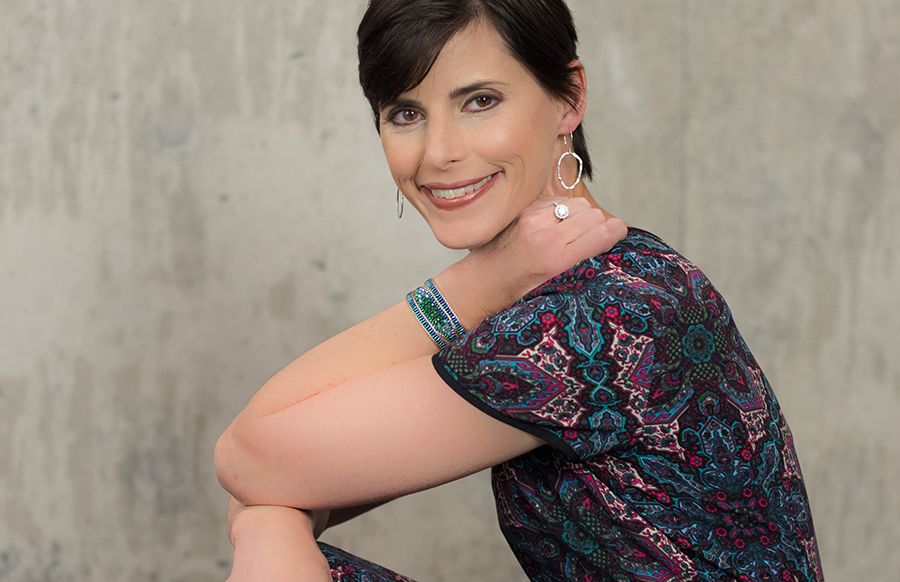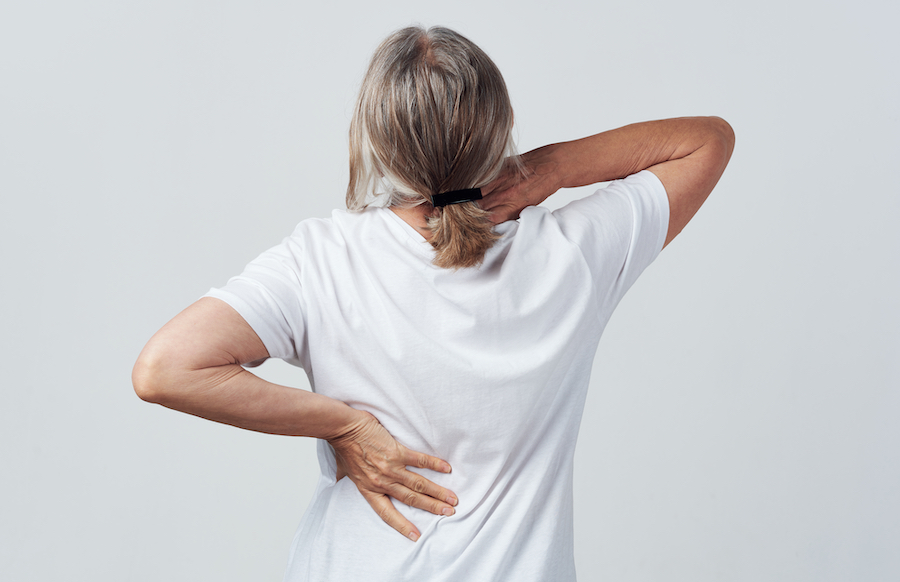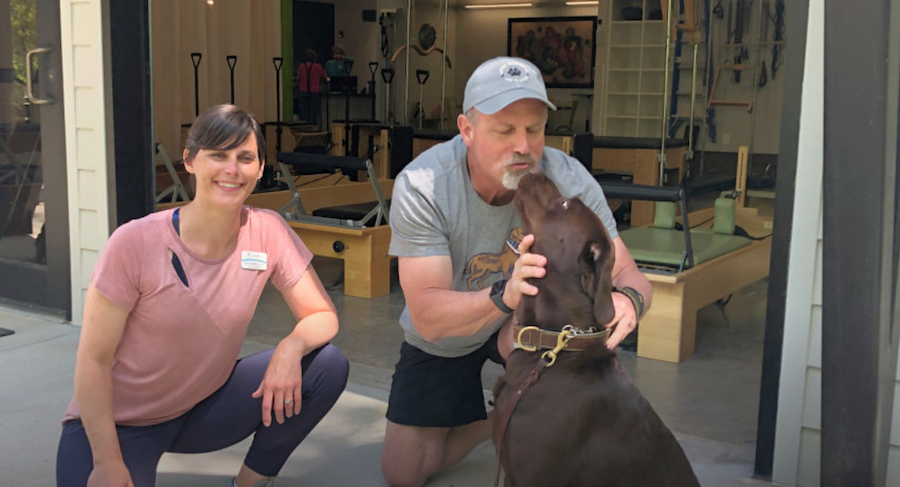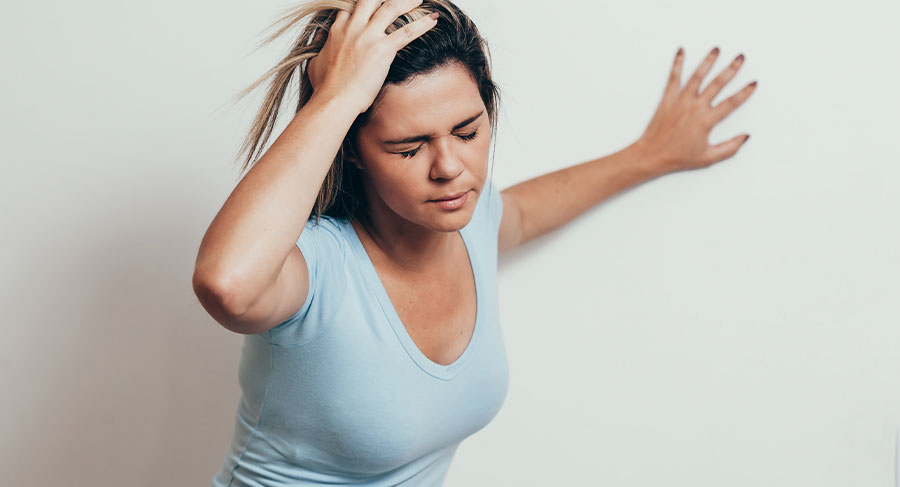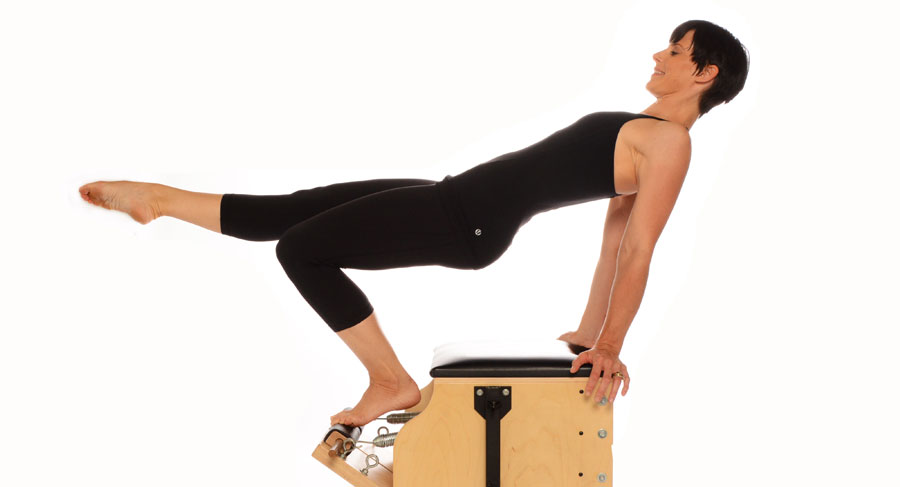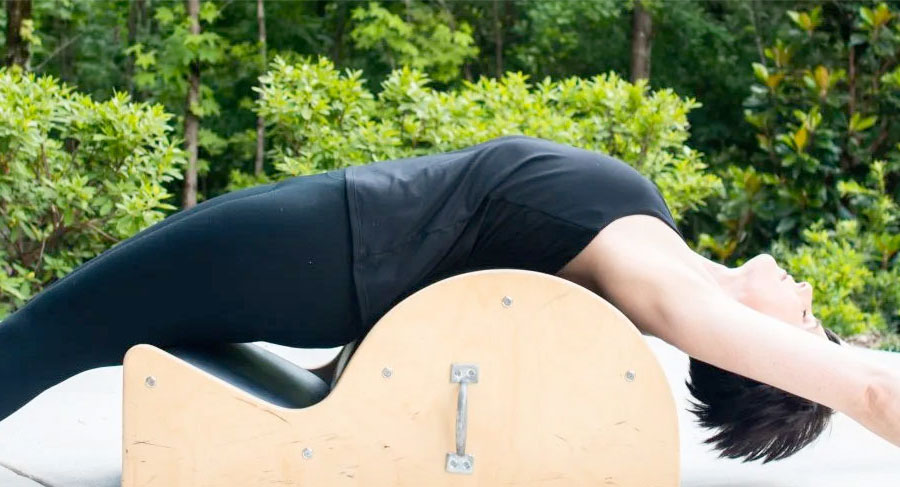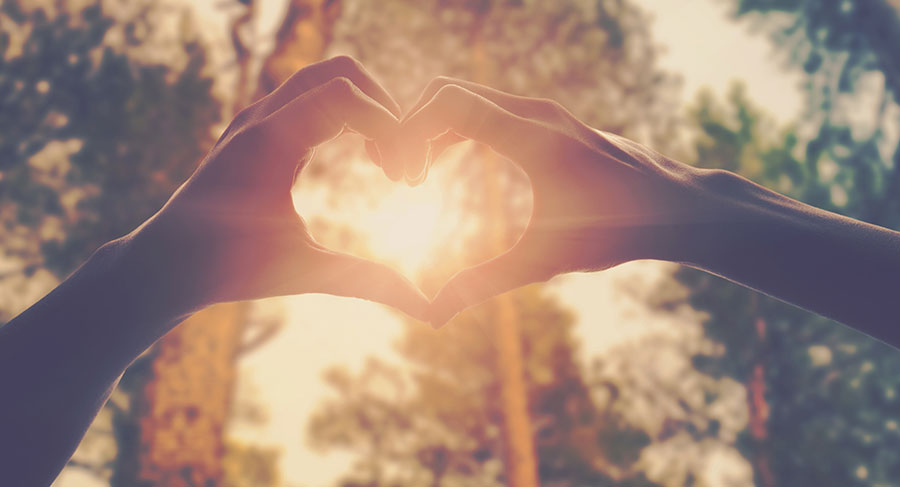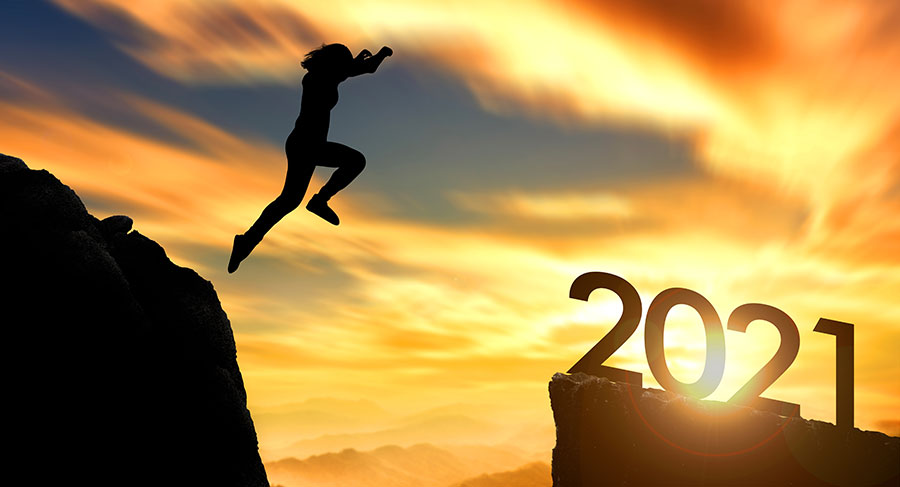ProHealth Physical Therapy and Pilates Studio Blog
Osteoarthritis (OA) is the most common type of arthritis. It is also referred to as Degenerative Joint Disease. Don’t get scared by the fancy name, though. Degenerative just means a decline, while dis-ease just implies a lack of ease. This arthritis occurs when the flexible tissue (cartilage) starts to wear down at the end of the bones in a joint.
Symptoms:
Pain, joint damage, limited mobility. It usually occurs in the hands or the weight-bearing joints such as the knees resulting in inflammation. And is caused sometimes by injury, but can also be genetic predisposition. It is exacerbated by lack of exercise or overstress by improper body mechanics/movement and weight.
Osteoarthritis (OA) is the most common type of arthritis. It is also referred to as Degenerative Joint Disease. Don’t get scared by the fancy name, though. Degenerative just means a decline, while dis-ease just implies a lack of ease. This arthritis occurs when the flexible tissue (cartilage) starts to wear down at the end of the bones in a joint.
Symptoms:
Pain, joint damage, limited mobility. It usually occurs in the hands or the weight-bearing joints such as the knees resulting in inflammation. And is caused sometimes by injury, but can also be genetic predisposition. It is exacerbated by lack of exercise or overstress by improper body mechanics/movement and weight.
Osteoarthritis (OA) is the most common type of arthritis. It is also referred to as Degenerative Joint Disease. Don’t get scared by the fancy name, though. Degenerative just means a decline, while dis-ease just implies a lack of ease. This arthritis occurs when the flexible tissue (cartilage) starts to wear down at the end of the bones in a joint.
Symptoms:
Pain, joint damage, limited mobility. It usually occurs in the hands or the weight-bearing joints such as the knees resulting in inflammation. And is caused sometimes by injury, but can also be genetic predisposition. It is exacerbated by lack of exercise or overstress by improper body mechanics/movement and weight.
Osteoarthritis (OA) is the most common type of arthritis. It is also referred to as Degenerative Joint Disease. Don’t get scared by the fancy name, though. Degenerative just means a decline, while dis-ease just implies a lack of ease. This arthritis occurs when the flexible tissue (cartilage) starts to wear down at the end of the bones in a joint.
Symptoms:
Pain, joint damage, limited mobility. It usually occurs in the hands or the weight-bearing joints such as the knees resulting in inflammation. And is caused sometimes by injury, but can also be genetic predisposition. It is exacerbated by lack of exercise or overstress by improper body mechanics/movement and weight.
Osteoarthritis (OA) is the most common type of arthritis. It is also referred to as Degenerative Joint Disease. Don’t get scared by the fancy name, though. Degenerative just means a decline, while dis-ease just implies a lack of ease. This arthritis occurs when the flexible tissue (cartilage) starts to wear down at the end of the bones in a joint.
Symptoms:
Pain, joint damage, limited mobility. It usually occurs in the hands or the weight-bearing joints such as the knees resulting in inflammation. And is caused sometimes by injury, but can also be genetic predisposition. It is exacerbated by lack of exercise or overstress by improper body mechanics/movement and weight.
Osteoarthritis (OA) is the most common type of arthritis. It is also referred to as Degenerative Joint Disease. Don’t get scared by the fancy name, though. Degenerative just means a decline, while dis-ease just implies a lack of ease. This arthritis occurs when the flexible tissue (cartilage) starts to wear down at the end of the bones in a joint.
Symptoms:
Pain, joint damage, limited mobility. It usually occurs in the hands or the weight-bearing joints such as the knees resulting in inflammation. And is caused sometimes by injury, but can also be genetic predisposition. It is exacerbated by lack of exercise or overstress by improper body mechanics/movement and weight.


